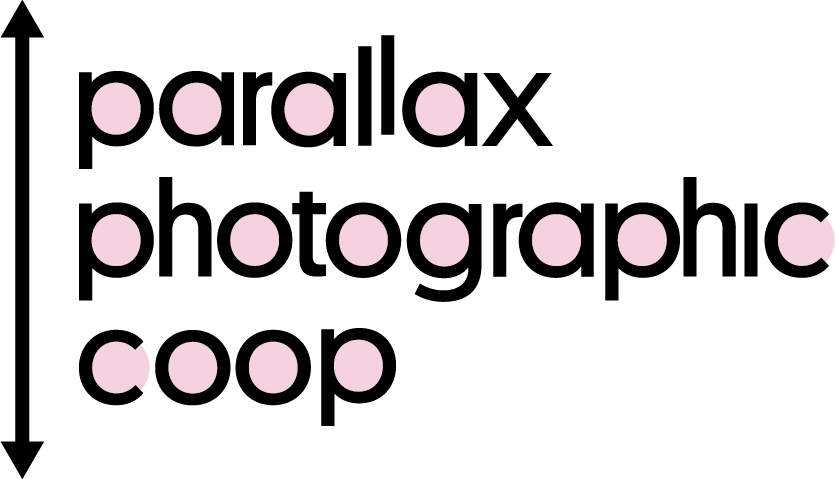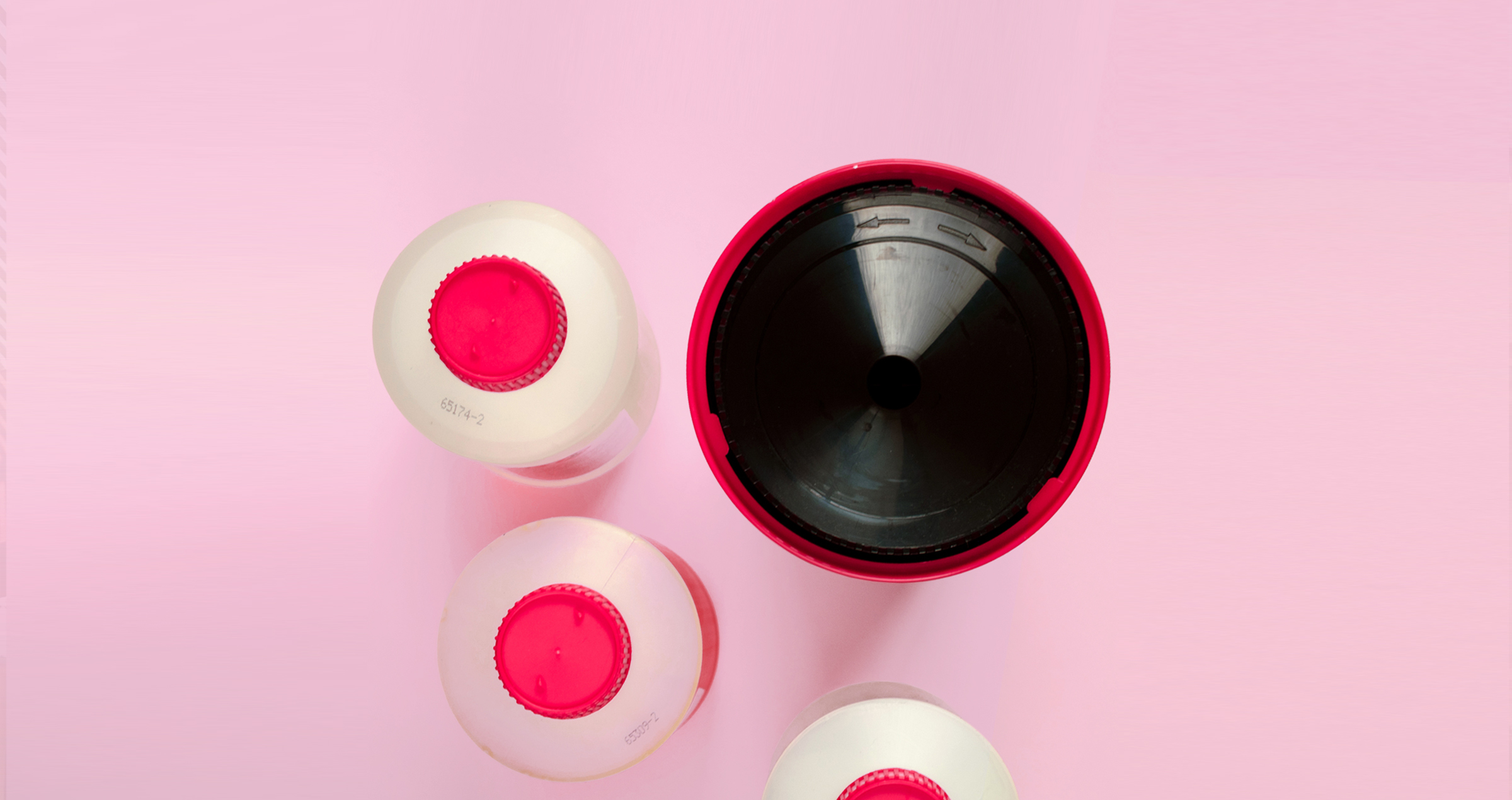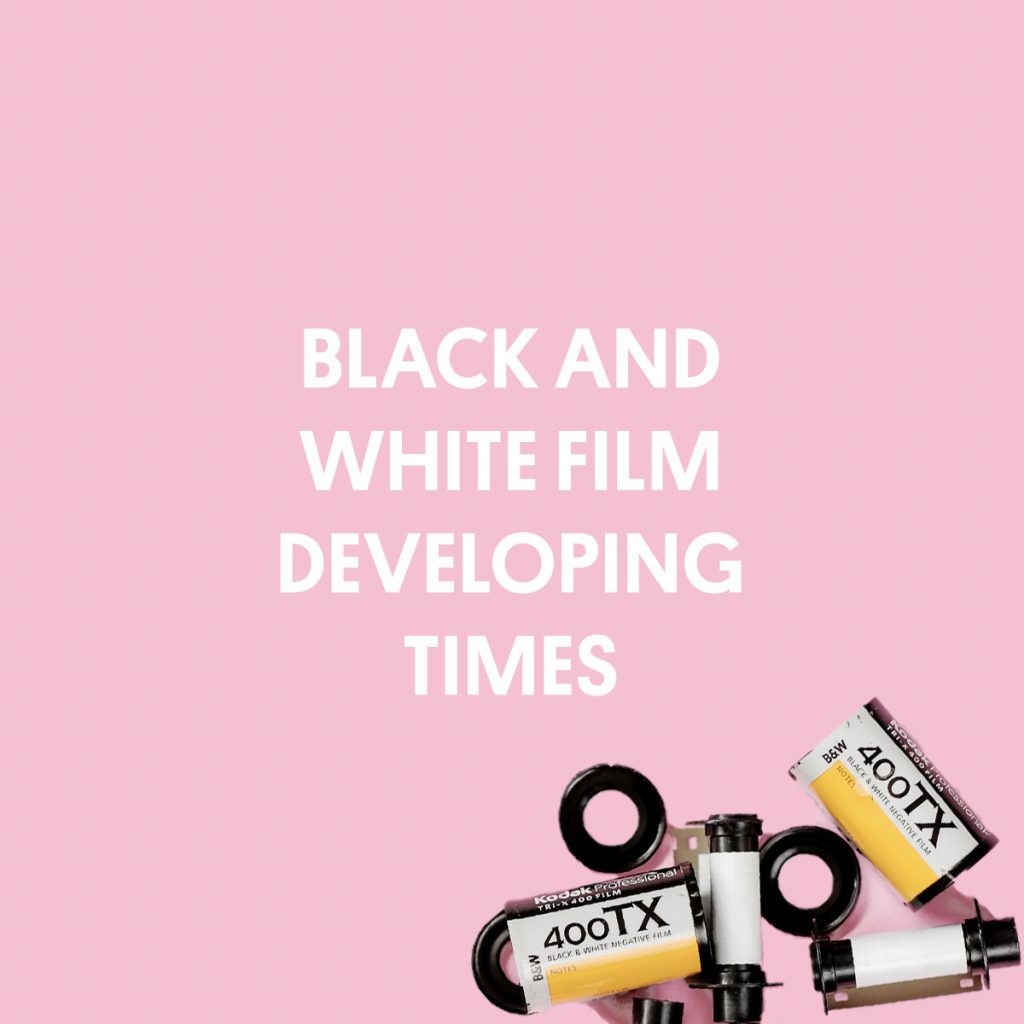How To Prepare Film Developing Chemistry
It is important to know how to prepare film developing chemistry. This guide will explain how to get your chemicals ready for processing film at home.
Learning how to prepare film developing chemistry at home can sometimes seem like a daunting task. Especially if you are new to processing. In actual fact it is quite simple, so we have prepared this guide to help you mix up your chemicals.
Dilute Your Chemistry
The key to preparing chemistry is the “dilution ratio”. You can usually find the dilution ratio on the label. This tells you the amount of water you need to add to the concentrate to make a working strength solution.
The dilution ratio will be shown in a form such as “X+Y”. For example, 1+9. This means you need 1 part of concentrate (X) to 9 parts of water (Y).
How do you know how much 1 part is? Well, that depends on how much chemistry you need. You will need 300ml of working strength chemistry per 35mm film, and 500ml per 120 film, in a Paterson Tank.
The dilution ratio, such as “1 + 9”, means you need 1 part of concentrate to 9 parts of water.
Fortunately, there is a simple equation you can do to work out the ratio of concentrate to water you need. Let’s assume you are developing 1 roll of 35mm film. And your developer has a dilution ratio of 1+9.
You first add together the numbers of your dilution ratio. So for our example, it is 1+9 = 10. Then, divide the total volume of working strength chemistry you need by that number. So for us, that is 300/10 = 30. This tells you that you need 30ml of your concentrate.
Lastly, minus that number from the volume total working strength chemistry you need. So, 300-30 = 270. This tells you that you need 270ml of water to mix with your developer.
Add your 30ml of developer to your 270ml of water to get the 300ml of working strength develop you need.
This equation will help you calculate any amount of chemistry, just change the numbers around accordingly. Repeat this process for all the chemicals you need. And always make sure you mix your chemistry together thoroughly before use.
Choosing Your Developing Chemicals
There is lots of different chemistry available for developing film. Nearly all the chemistry you use to process film will come as a concentrate. This means it comes in either liquid or powder form that needs to be diluted with water before you can use it.
So, as well as deciding which brand and product you want to use, think about whether powder or liquid is the best option for you. The main advantage of liquid chemistry is that it often requires less work to prepare and therefore can be quicker to use. The benefit of choosing a powder is that they are usually cheaper and can offer much better value for money.
The specifics of preparing your chemistry will depend on what you are using, so always read the label and refer to the manufacturer’s guidelines.
Preparing Liquid Chemistry
First, we will look at how to prepare chemistry that comes as a liquid concentrate.
This is quite straightforward. You need to mix the concentrate with water as described above. To do this you will need your “dilution ratio” which will be shown in a form such as “1+9”.
It’s best to get your water to the right temperature before you prepare your chemistry. If your chemistry is warmer or cooler than it should be once mixed, just sit your jug in warm water to heat it up or cold water to cool it down. When processing black and white film the standard temperature is 20°, for colour film we recommend using 30°.
With most chemicals, this will give you a working strength solution. That means it is prepared and ready to use.
Some chemicals will mix up to make what is called a stock solution. This can usually be kept and reused. So check which developer you are using and whether it needs to be discarded or can be reused.
Find your chemical in our shop and check out the How To Use section in the product description. This is where you will find more details on your specific chemical.
Preparing Powered Chemistry
Preparing powdered chemistry is a little bit different to handling liquid concentrate.
Powdered chemistry comes, as you’d expect, as a powder. This means you have to dilute it to make a stock solution first. Often this simply means mixing the powder with the amount of warm water stated on the pack.
So, for example, adding the contents of the pack to 1 litre of warm water and mixing until the powder has dissolved and combined with the water.
Alternatively, some powders will come in two parts. These then have to be diluted separately in water and combined to create your total volume of chemistry.
Once you have diluted your powder, allow it to cool to room temperature and the developer is ready to use. You can store this stock solution in a tightly capped bottle until needed for use. Powders can be used as a stock solution and reused multiple times without throwing it away.
Or, alternatively can be diluted with water for one-shot processing. This method means you throw away the used developer after you have processed your film. If you want to dilute your stock solution, simply follow the steps of preparing liquid chemistry above. You should always prepare these working solutions from the stock solution directly before they are needed.
Always make sure you mix your chemistry together thoroughly before use.
The Next Step
Now you know how to prepare film developing chemistry. You are ready to start developing your film now. Remember, each chemical will also have its own specific requirements. Including the time it takes to work.
Take a look at our Film Developing Times too. We have listed the all times here for your specific film and developer combination. These are the recommended times from the manufacturers so you can trust them.
You might also be interested in our guides How To Develop Black and White Film and How To Develop Colour Film.
Explore
News • Guides • Community • Film Reviews • Film Developing Times • Choose Your Film





